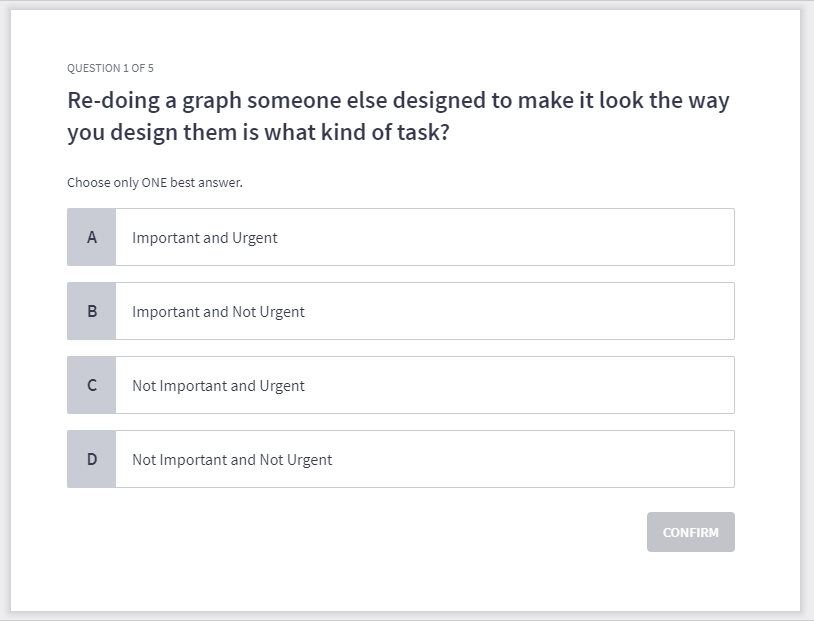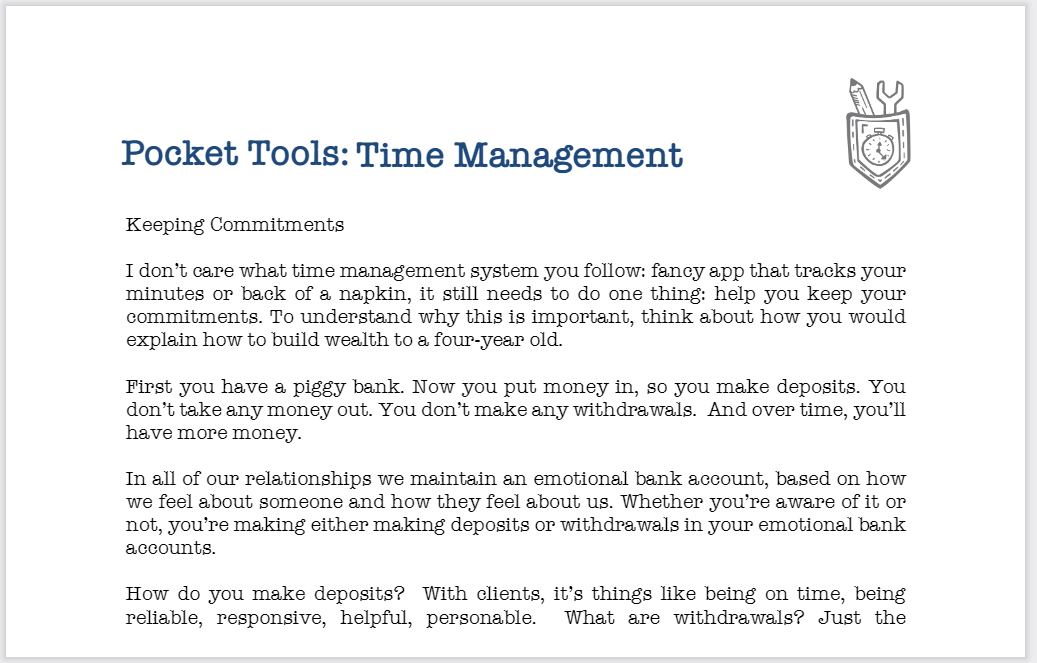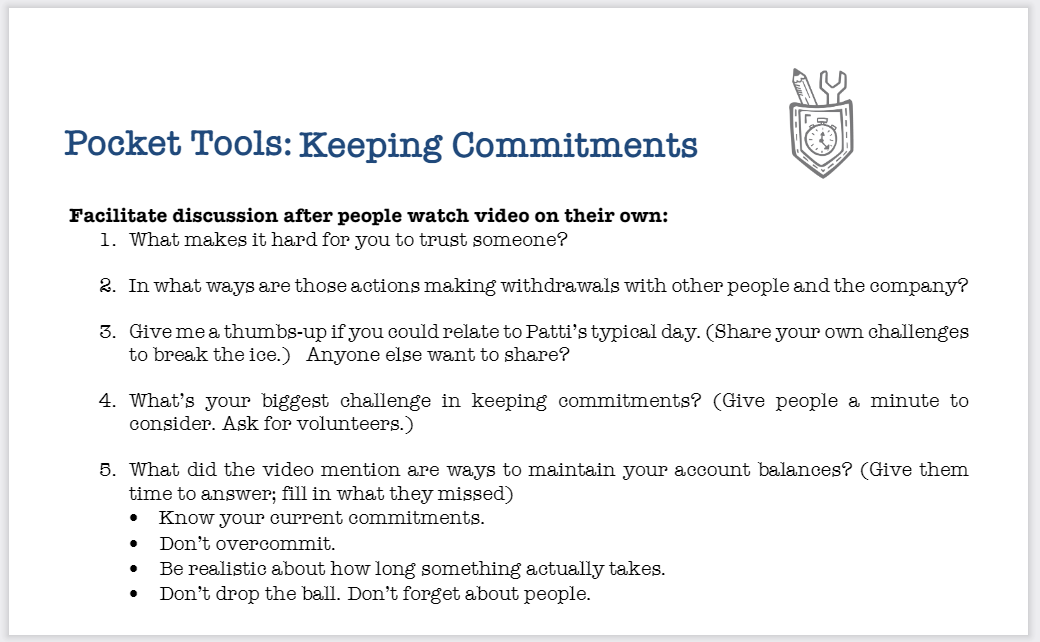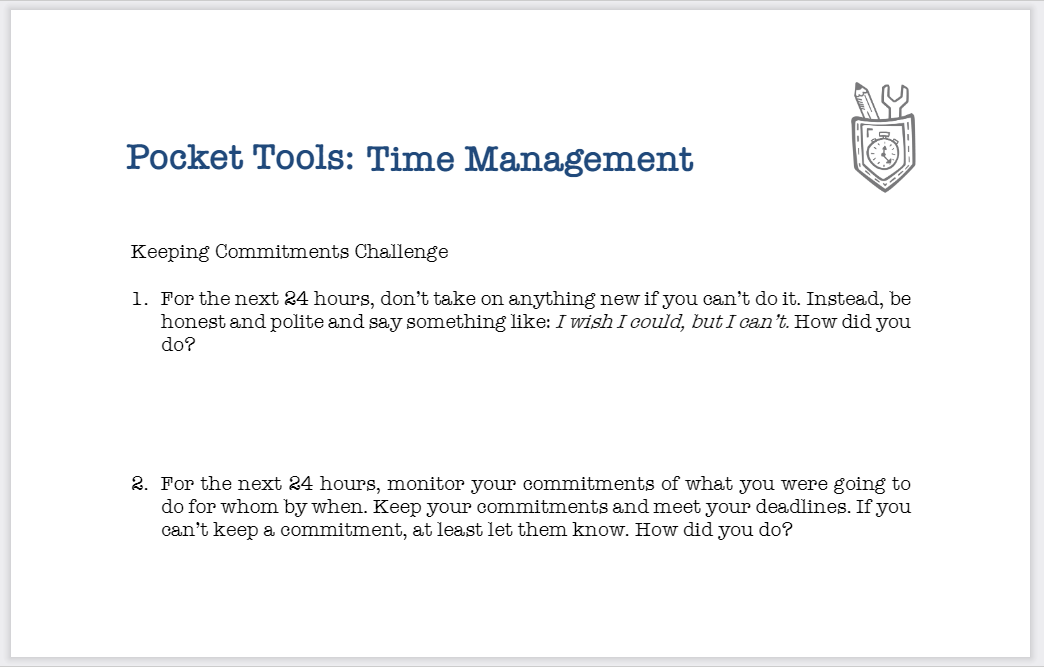At the beginning of each meeting of my communication class for engineers, I have people check in on how the past week has gone. Chris, an energy analyst, shared a story of how he stopped his manager, who was on the way out the door, to quickly get input on a drawing. As Chris rushed to get him up to speed, he saw him check out. You know, that vacant gaze that means you’re really not present or comprehending? Chris asked if he understood his explanation. “Yeah…sure,” he said, a little too slowly. When Chris read the distracted look and heard the “I don’t get this but don’t want to admit it” pause, he stopped and redirected the conversation. “Let’s talk about this when you’re not rushed to get somewhere. How’s 4:00 PM today?” Being offered a way out of a clearly uncomfortable conversation visibly relieved the manager.
We can all relate to trying to cram too much into a day. But imagine if Chris hadn’t stopped and redirected, even though the manager said he got it? That could have caused a major wreck somewhere in the project. You can hear it being played out, fingers pointing and tempers flaring. What went right in this interaction that we can learn from?
Listen with your ears, eyes, and heart. Listening is not just focusing on what’s being said but how it’s being said—the tone, the pauses. Careful listeners use not just our ears but our eyes—to notice posture, breathing, facial expressions, and eye movement. People may try to deceive us with what they say, but watch the body language. Professional interrogators know that the body doesn’t lie. When we listen with the heart, we really start to try to understand what someone else may be feeling. Chris picked up on the fact that his manager probably didn’t understand but was too embarrassed to admit it.
Check to redirect. The most powerful communication strategy is redirecting wayward conversations. Look, we all ramble or unintentionally lose our audience or miss the mark sometimes. It happens, but the key is taking control and showing the audience that you care enough to bring yourself back around to connecting with them. A friend of mine was in a $50 million sales pitch and was well prepared for what she thought the clients cared about. Fifteen minutes in, she saw them check out. She stopped and said, “Obviously I’m boring you. What do you want to talk about?” That woke them up. They shared their concerns, and by the end of the hour, she had won the project. If she had continued as she had started, she would have succeeded in delivering her presentation but failed in addressing what mattered to the audience. Good communication is like a Ping-Pong game. It’s not one-way but a back-and-forth exchange. Check to see to see if you’re connecting and redirect if necessary.
Pick the time. When Chris cornered his manager, he thought he could make it all work in less than two minutes. Are you catching people when they can truly absorb what you’re saying? Are they deep into a spreadsheet or putting the last touches on a presentation they have to give in ten minutes? Check with the person before you start talking. To be a good listener, tell people if it’s a good time or not and how much time you have. One of the biggest time management mistakes we make is not managing all the interruptions throughout the day. If we don’t speak up when interrupted, we often remain in our heads about what we were doing before the interruption and aren’t really listening. When Chris redirected the conversation to another time, he also bought some time to think through his second take and maybe find a less public place to try to explain it.
Get a clue during your next interaction. Stop, look, and listen to what people are saying, particularly with their body language. Don’t stop there, though. Take control of the conversation so at the end, you’re perfectly clear—and you know it.
Leo MacLeod is a leadership, communication, and pie coach.




Recent Comments